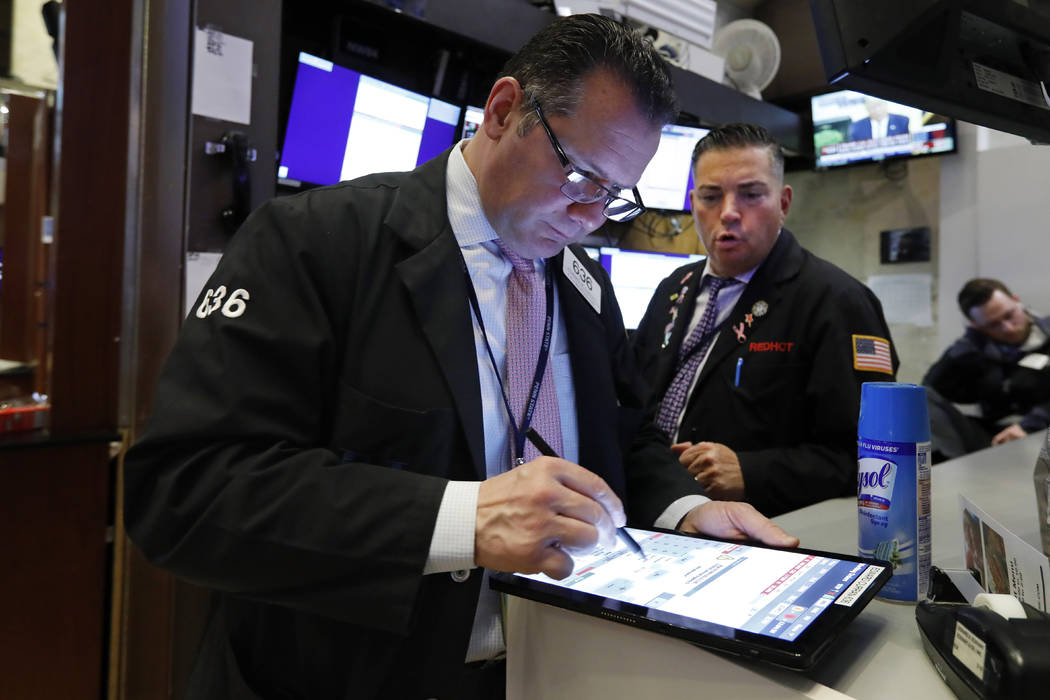Fed Reserve to buy a range of Treasurys to try to ease jitters

WASHINGTON — The Federal Reserve is stepping up its purchases of Treasurys to try to ease jitters in the financial markets over the coronavirus outbreak.
The Fed announced Thursday that it’s injecting $500 billion into short-term lending markets to address disruptions in the Treasury market. It’s also broadening its ongoing purchases of Treasurys to include longer-term bonds. The moves caused the stock market to sharply pare its losses.
The action, being led by the New York Fed, is intended to keep credit markets functioning and ensure that banks can continue to provide loans to businesses and other borrowers across the economy. The move caused stock markets, which had been down nearly 10% Thursday, to sharply pare their losses.
Earlier in the day, the European Central Bank deployed targeted new stimulus measures to cushion the shock to the economy from the virus outbreak. The ECB’s president said, though, that monetary policy couldn’t do it alone and called for a “decisive and determined” response from governments.
President Christine Lagarde said the economy was facing a “major shock” and that the central bank measures unveiled Thursday were “almost surgically” targeted at areas where monetary policy could help.
The market for U.S. treasuries is the foundation of all other financial products on Wall Street. Because investors believe the U.S. government would never default on its debt, the bonds issued by the U.S. government are used to price every other asset. The market for U.S. government debt is enormous — roughly $17.5 trillion, the largest single pools of investment assets in the world.
Individual Treasurys are used to price key price financial products that everyday Americans use. The 10-year bond is the underlying basis for the 30-year fixed-rate mortgage, while the 3-month note is used to price CDs and money market accounts.
More than a decade ago, central banks around the world slashed interest rates and began pumping trillions of dollars into banks to combat a global financial crisis. The coronavirus is presenting them with a very different challenge – at a time when some policymakers have barely caught their breath from the last economic disaster.
The central banks in the U.S., the eurozone, Canada and Britain have all deployed stimulus. The Bank of Japan is signaling it is ready to act and monetary authorities in Australia, Indonesia and Malaysia have cut rates.
Authorities are putting major economies, businesses and travel on lock down around the world – slamming the prospect for the global economy. But Lagarde underlined Thursday something that seems to be spooking financial markets: Central bank are limited in their capacity to help the economy. She repeatedly pleaded for governments to pitch in by spending more or giving companies and families tax relief.